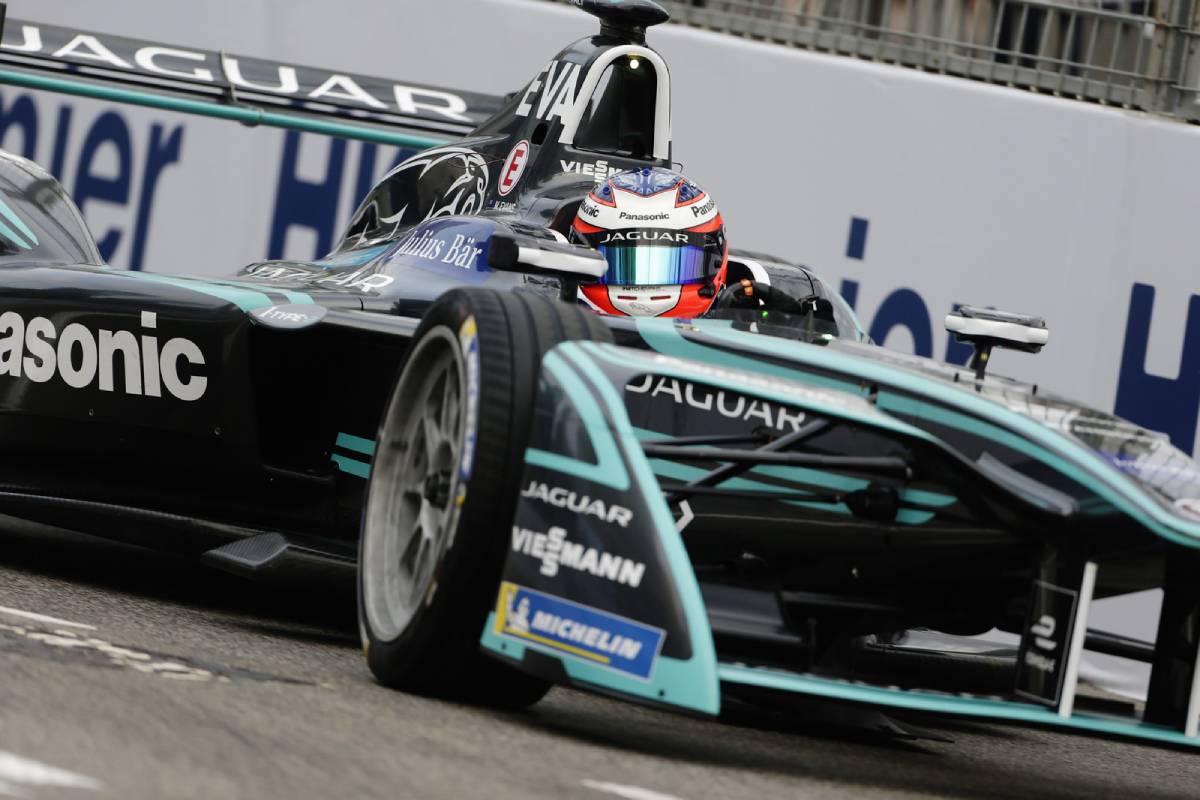The age-old battle of the old, well-established heavyweight versus the young, upstart challenger has recently rumbled into single-seat racing. Formula 1 has been the pinnacle of this sector for nearly seventy years but, in the last five years, a new pretender to the throne has emerged. FormulaE, the all-electric alternative, is rapidly growing a large fan base thanks to its unique rules, high-octane racing and fan engagement, not to mention the plethora of big-name drivers and constructors. So, is Formula 1’s throne under threat or is FormulaE just a flash in the pan?
What’s the problem with Formula 1?
Formula 1 is, without doubt, the big-gun of motorsport, despite declining viewing figures in the UK since Sky won the rights to show every race live and Channel 4 was the only free-to-air channel afforded a modicum of race highlights. Despite the increase in new markets, such as a three-fold increase in viewings in China since Formula 1 returned to free-to-air TV, new owners Liberty Media desperately want to – and need to – re-invigorate the sport when they renew and rewrite the rules of engagement in 2021. Wholesale changes are needed to keep the sport as relevant and competitive as everyone wants it to be as it is clear why Formula 1’s crown is slipping.
What’s FormulaE doing to turn so many heads?
Naturally, FormulaE could never hope to challenge Formula 1 toe-to-toe as a like-for-like competitor – it would never drag enough fans away from Formula 1 to survive for long. Instead, the founders focused on creating a more even playing field and promoting closer, more competitive racing in unique locations. FormulaE tracks are all street circuits, nestled in the heart of major cities, including some which don’t have an equivalent Formula 1 race such as Hong Kong and New York City. While it’s hard to miss Formula 1 rolling into town, FormulaE’s concept almost forces you to pay more attention.
In addition, the races themselves run in a completely different way to traditional motorsport. Instead of a set number of laps, drivers race for forty-five minutes and then one lap after the time has eclipsed. The winner is the driver who crosses the line first on the final lap and all drivers must complete the same number of laps as the driver in the lead after forty-five minutes. This means that drivers have to manage their battery power as best as possible as there is no set number of laps they have to complete.
The open and competitive nature of FormulaE
In 2018/19 alone, there were nine different winners in just thirteen races, compared to five winners in twenty-one races in Formula 1. Since FormulaE was created, back in 2014/15, there have been a larger number of race winners than in Formula 1 in four of the last five seasons. This competitiveness in FormulaE has only improved and that’s thanks to the even playing field afforded to all the teams.
Unlike Formula 1, FormulaE cars are much more standardised, and, with the absence of pit-stops and strategy calls, performance is much more down to the quality of driver – many of which raced in Formula 1 or a supporting series at one point or another, so the quality of FormulaE is no less impressive than Formula 1.
How FormulaE has made itself stand out
Because there’s no need for pit-stops in FormulaE, new rules have been specially introduced to increase the strategy of the racing. These include FanBoost, Attack Mode (a system akin to the Joker lap in Rallycross) and Super Pole for qualifying. These new changes are aimed to make the sport more exciting and engaging than ever before, as well as avoiding any fiasco’s such as Formula 1 qualifying at Monza in 2019, where strategy blunders meant only two cars crossed the starting line for their flying laps before the chequered flag ended the session.
Can FormulaE survive?
FormulaE is not the perfect, finished article. Many people have complained about the whine of the cars and the lack of proper race circuits on the calendar. Many die-hard motorsport fans are yet to accept FormulaE as a viable alternative to Formula 1 because of the history and prestige attributed to the petrol-powered championship.
Yet, it has achieved the following it targeted: a younger audience with little or no interest in motorsport. And, as it continues to evolve, chances are FormulaE will only become more popular. It has run for six years out of a twenty-five-year exclusive licence as an electric-championship with the FIA and the technology will only improve as more and more investment is pumped into the electric sector. Recently, large manufacturers such as Jaguar and Mercedes – they of acclaimed Formula 1 glory – have joined the party, expanding the grid of FormulaE cars to twenty-four for the upcoming 2019/20 season.
Clearly, FormulaE is more than just a bolt from the blue. Electric racing is growing in popularity and the longevity of the championship is almost certainly assured due to the changing dynamics of the automotive industry, from combustion engines to electric motors. However, it is clear that FormulaE is not trying to usurp the establishment. Formula 1 still has a large worldwide following and the benefit of growing markets in new countries. As well as this, FormulaE is not for everyone and there will be many who won’t convert from Formula 1 for various reasons. This isn’t a problem.
FormulaE may never overtake Formula 1 as the most popular single-seat motorsport if Liberty Media introduce as many sweeping changes to restore the parity of the field as they want, but the two can certainly co-exist, due to their wide-ranging differences. What it does mean, is that in the unlikely instance that Formula 1 becomes an obsolete form of motorsport, there is a worthy heir ready to inherit the throne.
But, for now, long live the established King.


